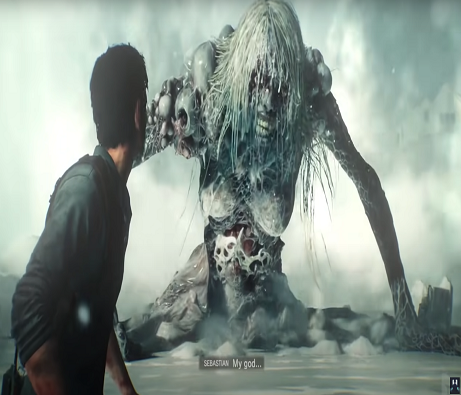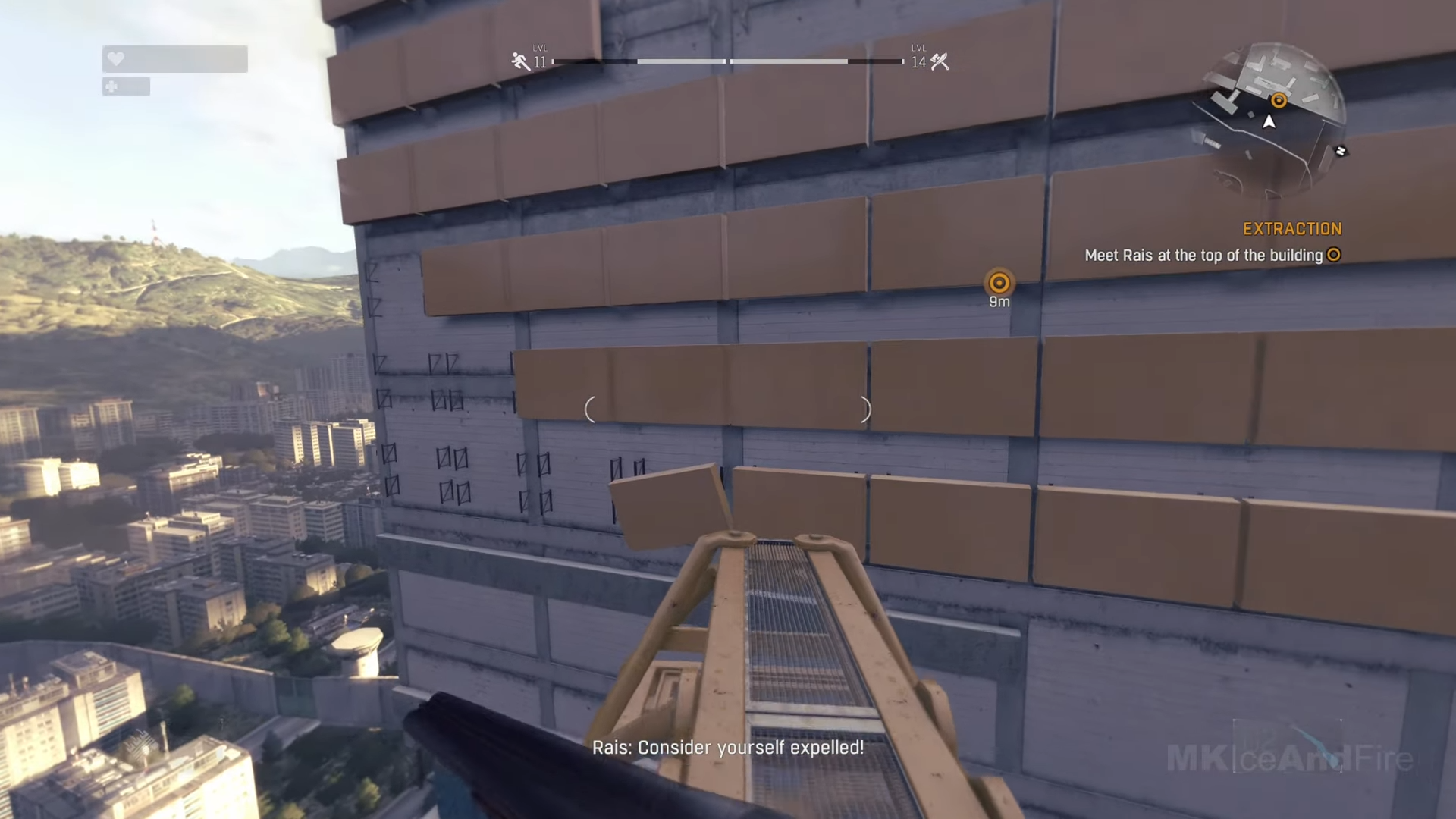Blog post: What happens when action-shooters and horror-games blend?
Lab intern Christoffer Nordved Madsen dives into the psychology behind action horror games.



Blog post by Christoffer Nordved Madsen
Horror and action has often blended together with great success, maybe because action-horror games tap into ancient as well as more recent aspects of our evolved psychology and so play on several “tangents,” so to speak. Survival-horror videogames such as Amnesia: The Dark Descent, in which you can evade but not fight the monsters, tap into ancient fear responses that our distant prey ancestors evolved long before there were humans on the earth. Action games, in contrast, tap into more recently evolved tool-using aspects of our psychology. Action-horror videogames, then, employ innate mechanisms that we evolved as Homo erectus as well as those more ancient fear mechanisms. In action-horror videogames, players have to evade and/or fight predatory and infectious threats using weapons. Action-horror videogames like Dead Space, in which players fight predatory and infectious agents, tap into an ancient fear module that evolved in response to a persistent threat from predators and pathogens, but it also mobilizes our inner tool-using hominin when it prompts players to use weapons against those threats.
Dead Space is set on the desolate spaceship, the Ishimura. As Isaac Clarke, you fight a horde of aliens that turn humans into monsters called “necromorphs.” This transformation is horrifying because we innately fear that we should lose our minds to physical and psychological diseases. This fear is underpinned by an evolved fear of the loss of autonomy, as Mathias Clasen and Jens Kjeldgaard-Christiansen have argued, but also an innate fear of both infection and corruption, physically as well as psychologically-
Isaac comes to the Ishimura searching for his dead girlfriend, Nicole, whom he sees in numerous psychotic hallucinations. Scholars argue that psychosis is a psychological response which occurs when one cannot navigate the circumstances of a highly stressful environment. Because psychosis is associated with low social skills, low IQ, depression, anxiety, and sleep disorders, it is highly maladaptive, and so we may be hard-wired to fear this mental disorder. For this reason, Isaac’s psychotic symptoms alert our fear module. For instance, the final vision of Nicole screaming is a terrifying reminder that Isaac is not free from the horrors inside him.
In The Evil Within 2, Sebastian Castellanos learns that his long lost daughter, Lily, is trapped inside a horror simulation called “STEM.” This horror version of the Matrix is full of zombie-like creatures known as “the lost,” psychopaths, and unspeakable creatures. Those who thrive inside STEM are psychopaths. For instance, Theodore Wallace forms a cult inside the simulation, and he successfully manipulates psychologically vulnerable individuals into doing his bidding. Another psychopath inside the simulation is the serial killer, Stefano Valentini, who also wants to use Lily’s powers for dominance over his conspecifics. When Theodore fails to manipulate Sebastian, it causes a disgust-response because we innately find moral depravity repulsive. As Jens Kjeldgaard-Christiansen’s recent research posits, we tend to find moral depravity disgusting, because it a threat to the fabric of society and because we tend to perceive it as a contagious sickness that deteriorates one’s mind and body.
Dying Light throws players into a zombie-infested city, where you must climb and leap between buildings. Fossils of Homo habilis, Homo erectus, and early Homo sapiens have shown signs of flexed hip-joints and worn finger-bones that indicate that they climbed trees and rocks. Homo sapiens gradually became bipedal and stopped climbing objects, but rock-climbers and parkour athletes develop the skill, technique, and physical prowess for climbing vertical surfaces. And Dying Light might drive players to develop similar adaptations inside a videogame. When the horrifying “Volatiles” chase players, they must utilize these adaptations along with the cognition necessary for crossing the terrain. Like our ancestors, Homo habilis, players must use their wit to hide and leap across the terrain to avoid predation. However, Dying Light also resonates with our inner Homo erectus, because players must defend themselves against countless weaker zombies.
What separates these games from action-based games is the scarcity of resources that is reminiscent of the conditions during the Pleistocene. However, players must also use their cognitive abilities to defeat the horror-monsters. For instance, Issac has to be fast and accurate when shooting the limbs of necromorphs, or he will run out of ammunition. Sebastian must solve puzzles like the floor slide-puzzle in chapter 9. In Dying Light, you must also think fast when processing which route to take across the rooftops, walls, and fences. These challenges take good cognition, and so players must use their pre-frontal cortex to solve them. And by suppressing the primitive, cognitive functions that we evolved as Homo erectus, players can use their pre-frontal cortex better.
I hope this blog-post has shed light on why action and horror are a good combination. Evolution plays a key factor in our enjoyment of action-horror videogames, because they resonate with an ancient fear for predation, loss of autonomy, and disgust-responses against diseases and moral corruption. For this reason, it becomes clearer why so many gamers immerse themselves with the action-horror genre. Getting lost in horrorscapes is common among cinema-goes, but rarely can we pick up a weapon and fight back. Action-horror videogames provide a vicarious experience that enables us to step into the frame and take action against the monsters – or hide if necessary. Therefore, action-horror taps into evolved psychological mechanisms that we evolved as Homo habilis as well as Homo erectus and even beyond.
